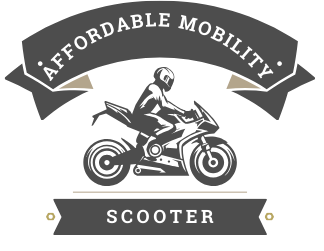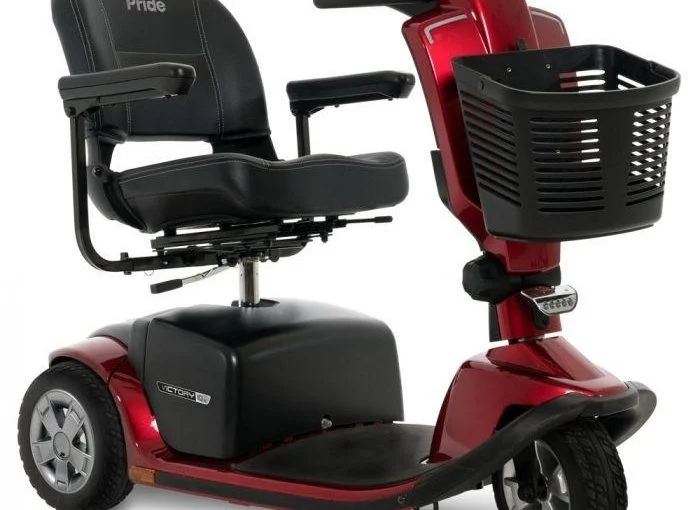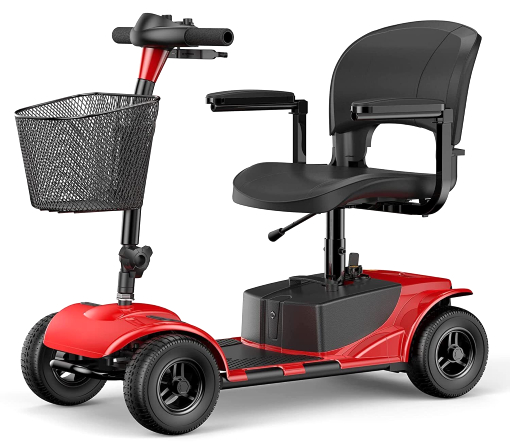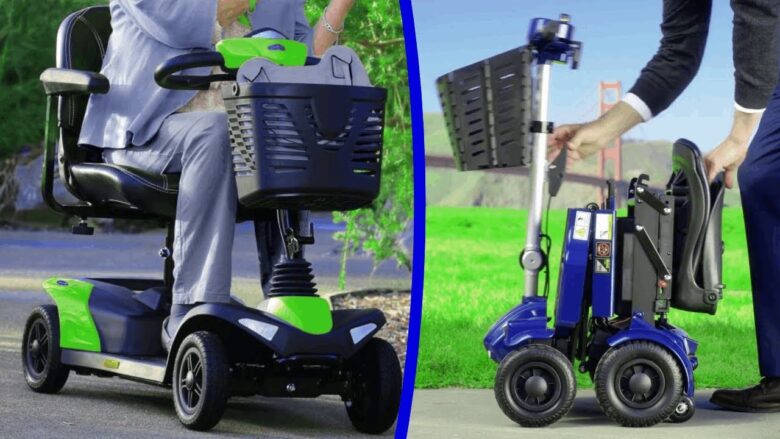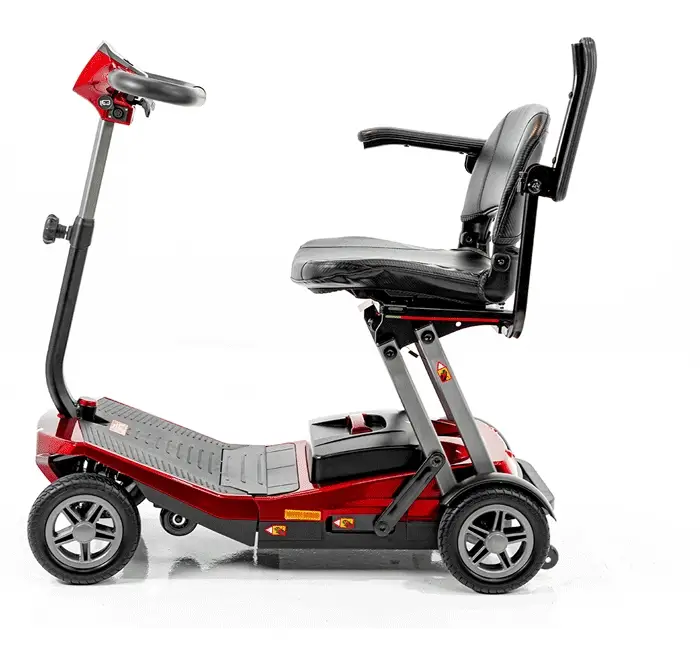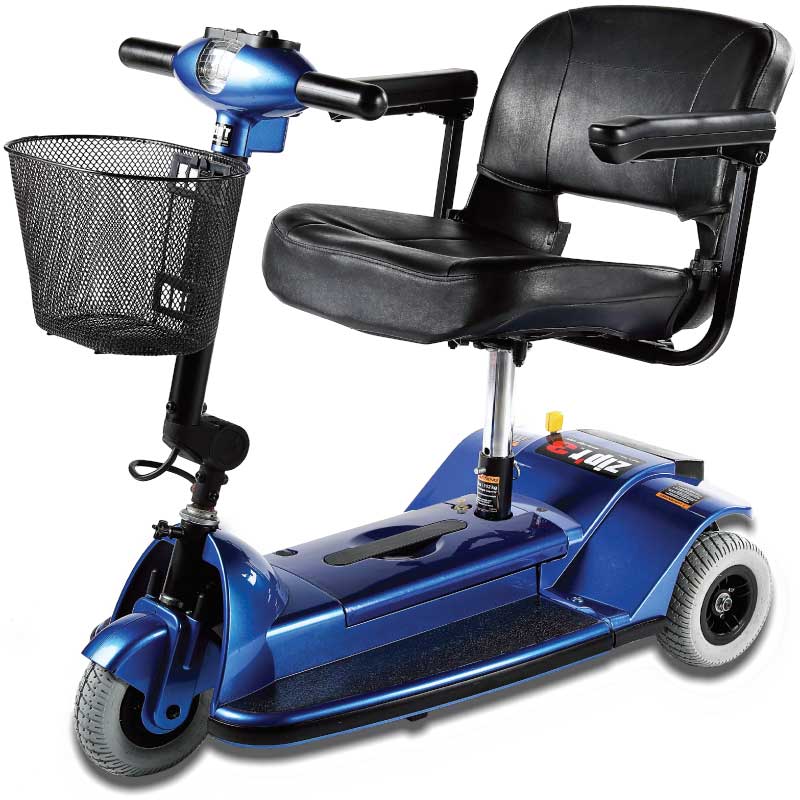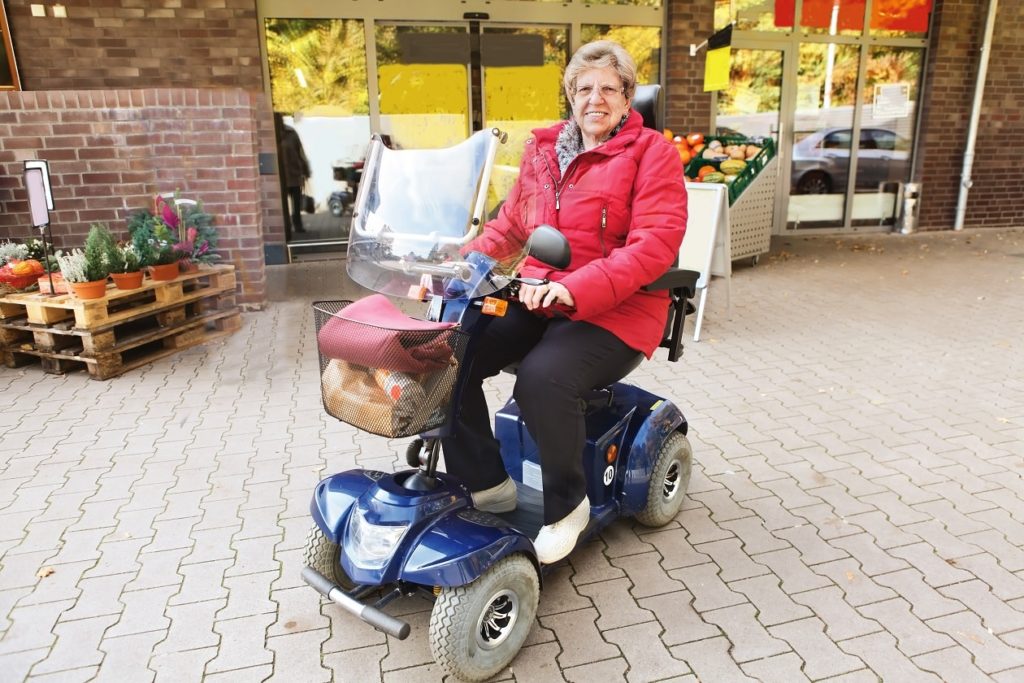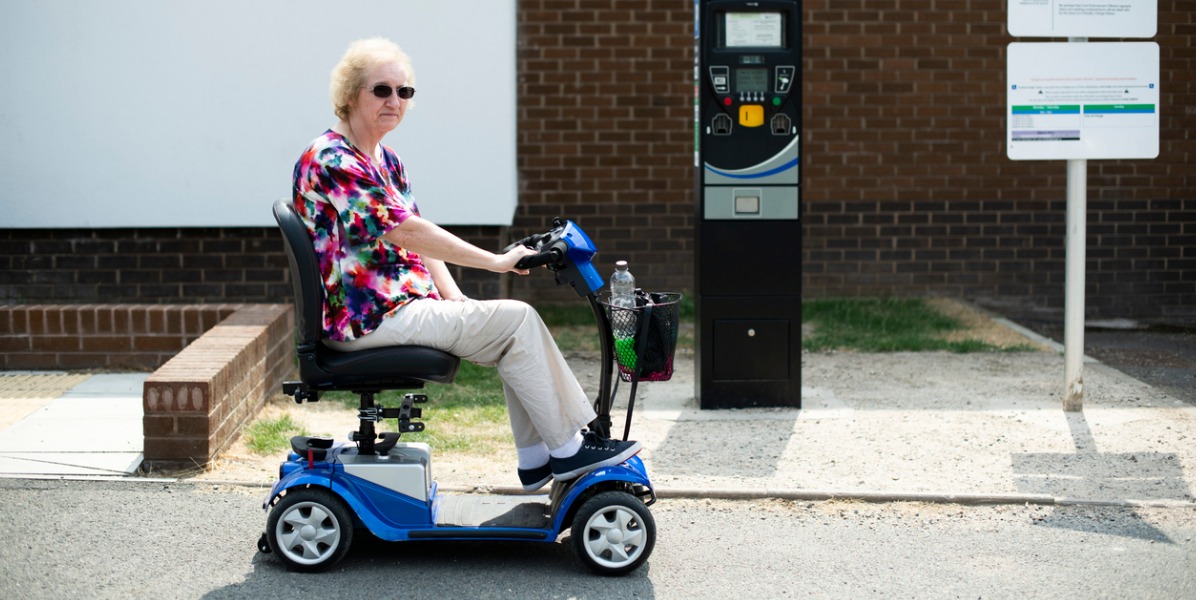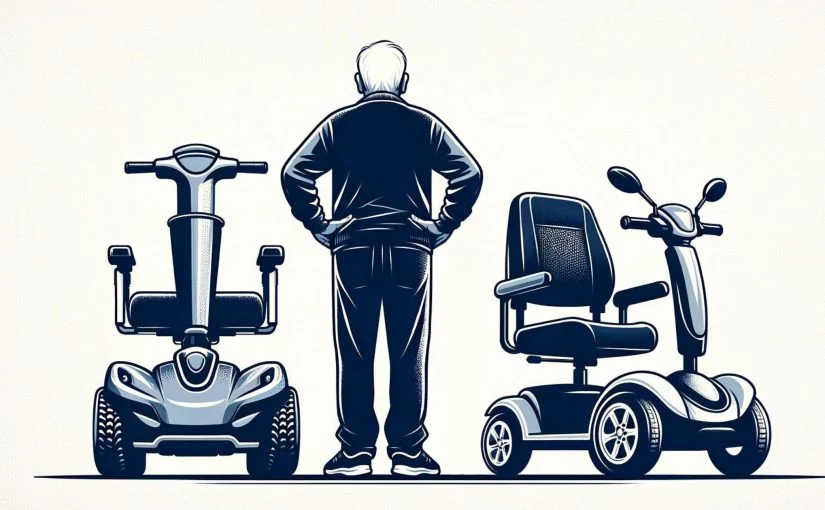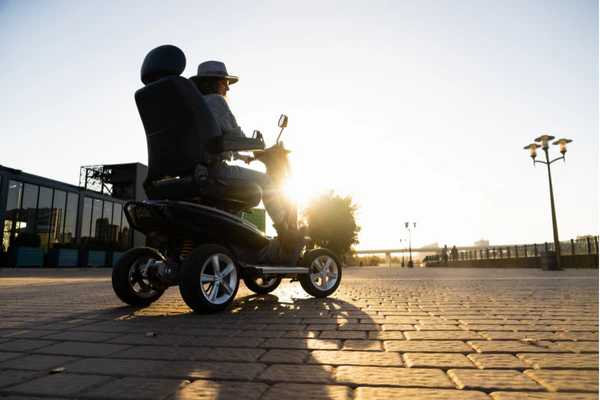I. introduction
Electric scooters are a lifeline for many people, improving mobility and independence. Understanding the associated costs is crucial to making an informed purchase. This guide examines all aspects of the cost of a mobility scooter to ensure you understand your financial expectations.
II. Types of electric scooters
H3: Scooter with three wheels
Three-wheeled mobility scooters can move flexibly in small spaces and are ideal for indoor use. They are generally lighter and slightly cheaper than four-wheel scooters.
H3: mobility scooter with four wheels
The four-wheel model has better stability and is suitable for outdoor use. They are typically more expensive due to their improved functionality.
H3: Heavy scooter
Heavy-duty mobility scooters are designed for larger people and have higher weight capacities and more powerful engines, making them the most expensive.
H3: Travel scooter
Travel scooters are compact and easy to disassemble, making them ideal for an active lifestyle, but may not have the features of full-size models.
III. Initial purchase price
Electric scooters range in price from $800 to $4,000 depending on the type, features and brand. Understanding the factors that affect price can help you budget effectively.
IV. Features that influence the price
H4: Battery life and type
The longer the battery life, the higher the price of the scooter, but the better the range and durability.
H4: Maximum speed and carrying capacity
Higher capacities and speeds require sturdier motors and frames, which increases costs.
H4: Suspension and comfort features
An advanced suspension system and soft seats increase the price but improve all-terrain comfort.
H4: Portability and ease of use
The lightweight and foldable design is more expensive, but beneficial for people who travel frequently.
V. Accessory costs
From essential ramps and lifts to luxury canopies and upgraded seating, accessories increase functionality and comfort, but also increase the upfront cost.
VI. Operating costs
Charging an electric mobility scooter requires very little electricity, but regular maintenance and occasional repairs can increase costs. Planning for these expenses is essential.
VII. Insurance costs
Although not mandatory, electric scooter insurance can provide protection against theft and damage. Costs vary depending on insurance coverage and the value of the scooter.
VIII. Warranty and service contract
Manufacturer warranties typically cover parts and labor for a limited time. An extended warranty, while costing extra, can give you peace of mind and save you money on future repairs.
IX. Potential savings
Exploring government financial support schemes or purchasing a used mobility scooter can significantly reduce costs without sacrificing quality.
X. Cost Comparison: Electric Scooters vs. Other Mobility Devices
Compared to wheelchairs, mobility scooters have a higher initial cost but can provide savings through greater independence and lower costs for the caregiver.
XI. Maintenance tips to reduce costs in the long term
By regularly cleaning your scooter, checking the battery and tightening loose parts, you can extend the life of your scooter and minimize costly repairs.
XII. Hidden costs
Unexpected costs may arise, such as battery replacement or emergency repairs. Setting aside an emergency fund can help deal with these unexpected circumstances.
XIII. Financing options
Some retailers offer financing programs to make purchasing easier. However, consider the long-term financial implications of such an agreement.
XIV. Make an informed purchase
Research, read reviews, and take test rides to make sure the mobility scooter you buy meets your needs and is worth your money.
Conclusion
Understanding all the costs associated with an electric mobility scooter will help you make an informed decision. Remember that an electric scooter is more than just a purchase; it is an investment in your independence.
